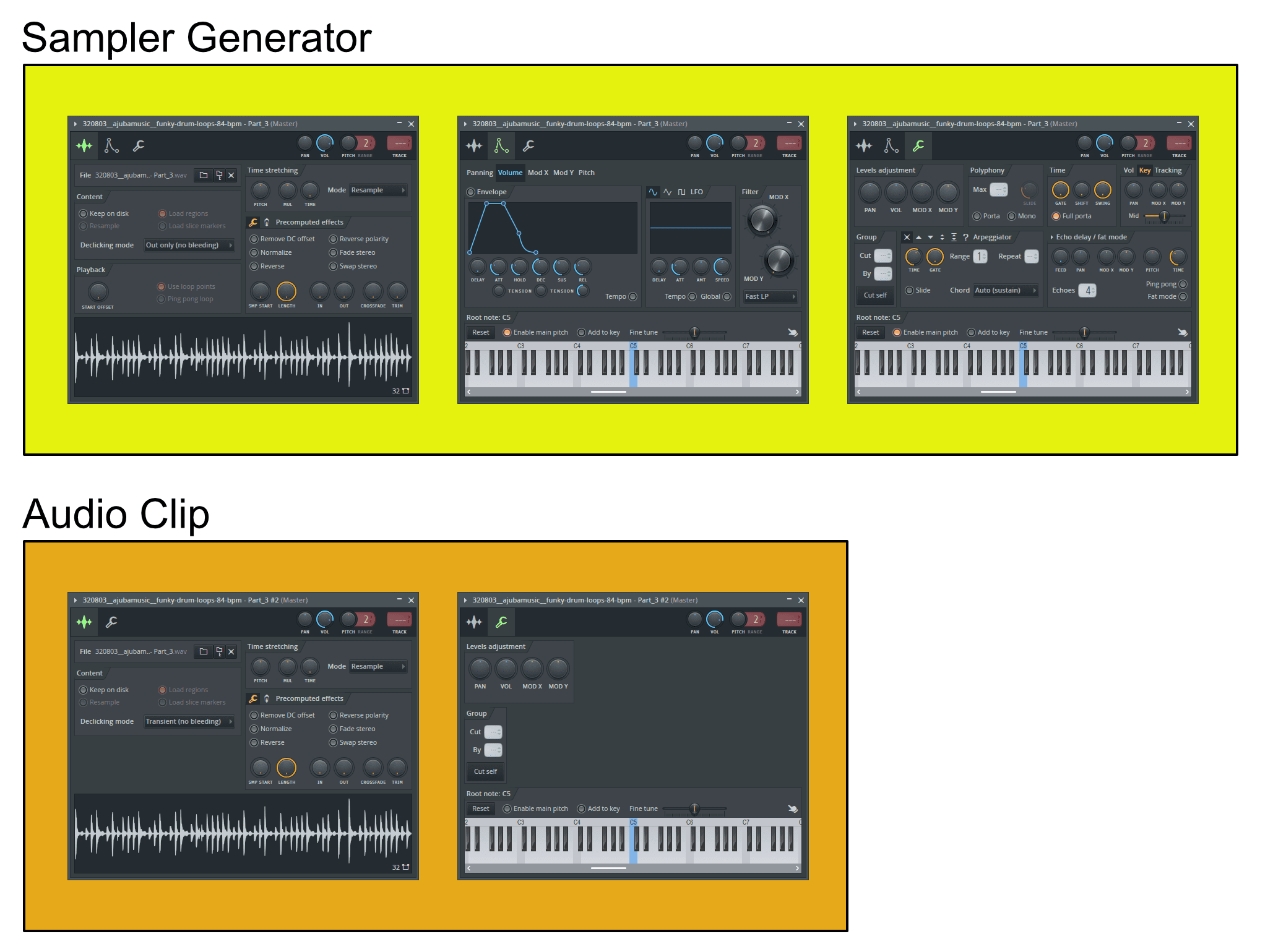
So here’s what you can try for performance: As well as choosing a proper computer for music production.įL Studio tells us that the single core speed is most important in selecting a CPU.

Next, you adjust the buffer size (also said as buffer length).Īlso, having a good audio interface is also important for the stability of FL Studio, and also solid performance. If you would like absolutely zero latency, then you will want to watch this video which teaches you about using a hardware mixer to get zero-latency in your recordings. (You could also try enabling triple buffer if your computer can’t handle the project at 2048!) How to Get The Lowest Latency in FL Studio In the early stages of the beat (or when recording), you can bump this to 512, or 384 for less latency, and when the song starts to get heavier, and you experience underruns because of more elements added in, you can increase the buffer size to 1024, or even 2048. In this image, I show you a couple things you can try to improve your FL Studio performance.

So how you adjust your buffer size is by hitting F10 -> Audio -> Show ASIO Panel: which means your computer starts working a lot harder for marginal improvement!įor example, 512ms vs 1024ms is a huge difference!Īnd even 256ms to 512ms is noticeable, but at 256ms, your computer is required to work very hard!

If you go any lower, they say it is diminishing returns. (Underruns are when you hear glitches, clicks, and pops, and is your computer telling you to either increase your ASIO Driver’s buffer length, or your computer may need upgrading soon!)įL Studio’s manual on audio settings tells us that the optimum setting is 440-880 samples (10-12ms). If you select less latency, this makes your computer work harder, but depending on the size of the project you have made, and the power of your computer, you may be able to run on a lower setting, because your computer can handle it without underruns. There is typically a slider, or radio button options, which allow you to have less latency or more latency. Once your ASIO Driver is selected within FL Studio’s F10 settings, you can actually further adjust the ASIO Driver’s settings.

typically the audio interface’s drivers will perform better, but this is not always the case, depending on the quality of your audio interface.Īudio latency performance at the end of the day really comes down to two things: You will have to see what ASIO driver works best for you. Now, if you’ve bought an audio interface, you may see your audio interface’s driver within this list as well. I personally would recommend the FL Studio ASIO, as you can record your desktop audio into a software like OBS for extremely high quality screen capture recordings.


 0 kommentar(er)
0 kommentar(er)
